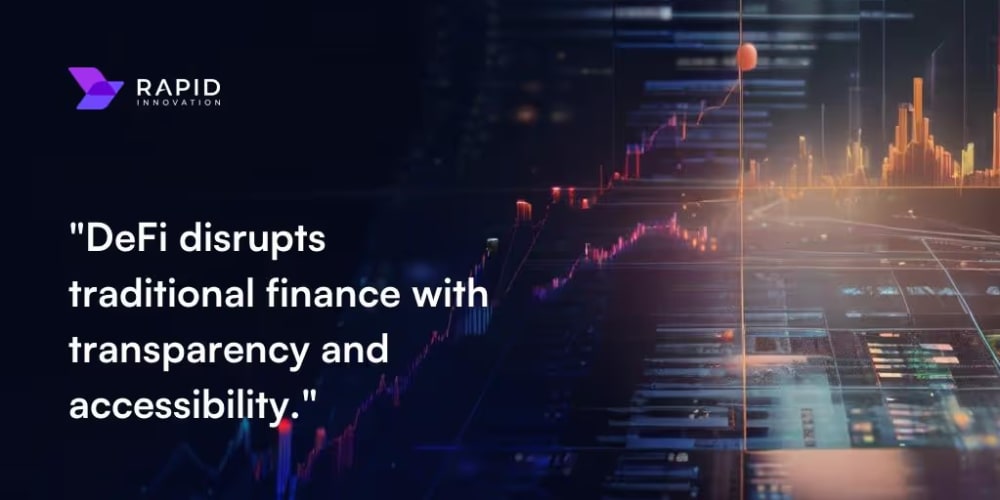This is a Plain English Papers summary of a research paper called LLMs Revolutionizing Information Retrieval: Integrating Traditional and Neural Approaches. If you like these kinds of analysis, you should join AImodels.fyi or follow me on Twitter.
Overview
- Information retrieval (IR) systems, such as search engines, are a primary means of information acquisition in our daily lives.
- These systems also serve as components of dialogue, question-answering, and recommender systems.
- The trajectory of IR has evolved from term-based methods to integration with advanced neural models.
- While neural models excel at capturing complex contextual signals and semantic nuances, they face challenges like data scarcity, interpretability, and generating potentially inaccurate responses.
- The evolution of IR requires a combination of traditional methods (term-based sparse retrieval) and modern neural architectures (language models with powerful understanding).
- The emergence of large language models (LLMs), like ChatGPT and GPT-4, has revolutionized natural language processing with their remarkable abilities.
- Recent research has sought to leverage LLMs to improve IR systems.
Plain English Explanation
Information retrieval (IR) systems, such as search engines, have become a vital part of our daily lives. These systems help us find the information we need, whether it's answering a question, finding a product, or discovering new content.
Over time, IR systems have evolved from using simple keyword-based methods to incorporating advanced neural neural networks that can better understand the nuances and context of our queries. These neural models are particularly good at capturing the subtle meanings and relationships between words, which can lead to more relevant and accurate search results.
However, neural models also face some challenges, such as data scarcity, the difficulty in understanding how they arrive at their results (interpretability), and the potential to generate responses that are contextually plausible but not entirely accurate.
To address these challenges, researchers are exploring ways to combine traditional term-based IR methods, which are fast and reliable, with the powerful language understanding capabilities of modern neural architectures, like large language models (LLMs).
LLMs, exemplified by ChatGPT and GPT-4, have revolutionized natural language processing (NLP) with their remarkable abilities to understand, generate, and reason about language. Recent research has focused on leveraging these advanced LLMs to further improve the performance and capabilities of IR systems.
Technical Explanation
The paper examines the confluence of large language models (LLMs) and information retrieval (IR) systems, including crucial components like query rewriters, retrievers, rerankers, and readers.
The authors highlight the dynamic evolution of IR, from its origins in term-based methods to its integration with advanced neural models. While the neural models excel at capturing complex contextual signals and semantic nuances, they still face challenges such as data scarcity, interpretability, and the generation of contextually plausible yet potentially inaccurate responses.
To address these challenges, the paper advocates for a combination of traditional methods (such as term-based sparse retrieval methods with rapid response) and modern neural architectures (such as language models with powerful language understanding capacity). This approach aims to leverage the strengths of both traditional and modern techniques to enhance IR system performance.
The emergence of LLMs, like ChatGPT and GPT-4, has further revolutionized natural language processing. These models have demonstrated remarkable language understanding, generation, generalization, and reasoning abilities, prompting recent research to explore ways of integrating them into IR systems to improve their overall effectiveness.
The paper provides a comprehensive overview of the methodologies and insights related to the integration of LLMs and IR systems, including query rewriters, retrievers, rerankers, and readers. Additionally, it explores promising directions, such as the development of search agents, within this expanding field.
Critical Analysis
The paper highlights the significant challenges faced by neural models in IR systems, such as data scarcity, interpretability, and the generation of potentially inaccurate responses. These are critical issues that need to be addressed to ensure the reliability and trustworthiness of IR systems, especially as they become more integrated into our daily lives.
While the paper acknowledges the benefits of combining traditional term-based methods with modern neural architectures, it does not delve deeply into the specific trade-offs and implementation details of this approach. Further research is needed to understand the optimal balance and integration strategies between these different techniques.
Additionally, the paper focuses primarily on the technical aspects of LLM-IR integration, but it could be valuable to explore the broader societal implications and ethical considerations of these advancements. As IR systems become more powerful and influential, it is crucial to consider issues such as algorithmic bias, privacy, and the potential for misuse or unintended consequences.
Conclusion
The paper presents a comprehensive overview of the evolving landscape of information retrieval (IR) systems, with a focus on the integration of large language models (LLMs) to enhance their capabilities. It highlights the dynamic trajectory of IR, from term-based methods to the incorporation of advanced neural models, as well as the challenges that these neural models face, such as data scarcity, interpretability, and the generation of potentially inaccurate responses.
To address these challenges, the paper advocates for a combination of traditional and modern techniques, leveraging the strengths of both term-based sparse retrieval methods and powerful language models. The emergence of LLMs, exemplified by ChatGPT and GPT-4, has further revolutionized natural language processing, prompting recent research to explore ways of integrating these models into IR systems.
The paper provides insights into the methodologies and promising directions, such as search agents, within the expanding field of LLM-IR integration. While the technical aspects are well-covered, the paper could benefit from a deeper exploration of the broader societal implications and ethical considerations surrounding these advancements.
Overall, the paper offers a valuable contribution to the understanding of the current state and future trajectories of information retrieval systems, highlighting the significance of the ongoing efforts to harness the power of large language models to enhance the effectiveness and reliability of these crucial tools in our daily lives.
If you enjoyed this summary, consider joining AImodels.fyi or following me on Twitter for more AI and machine learning content.


















